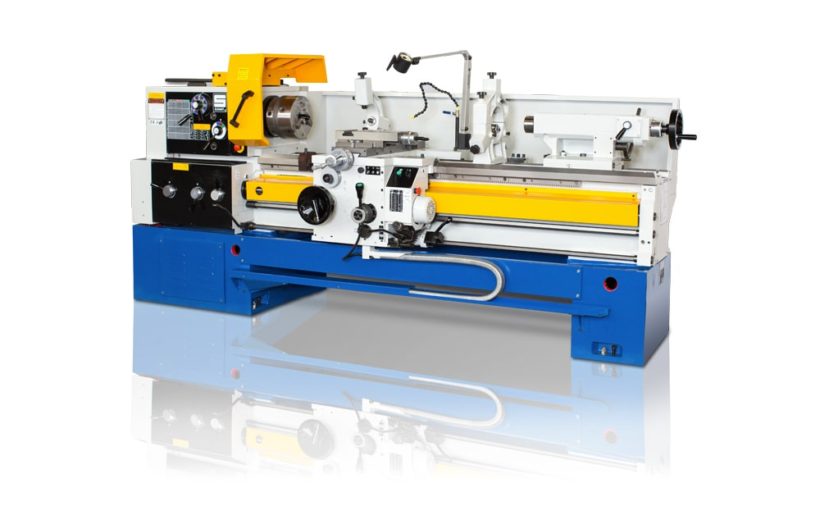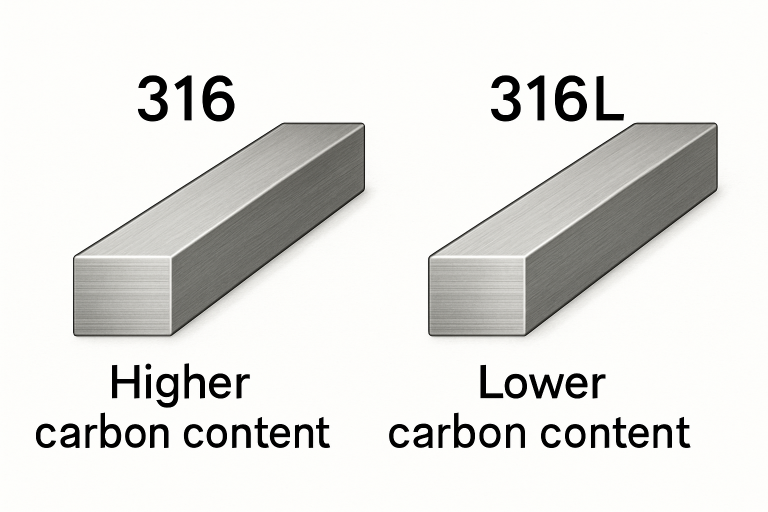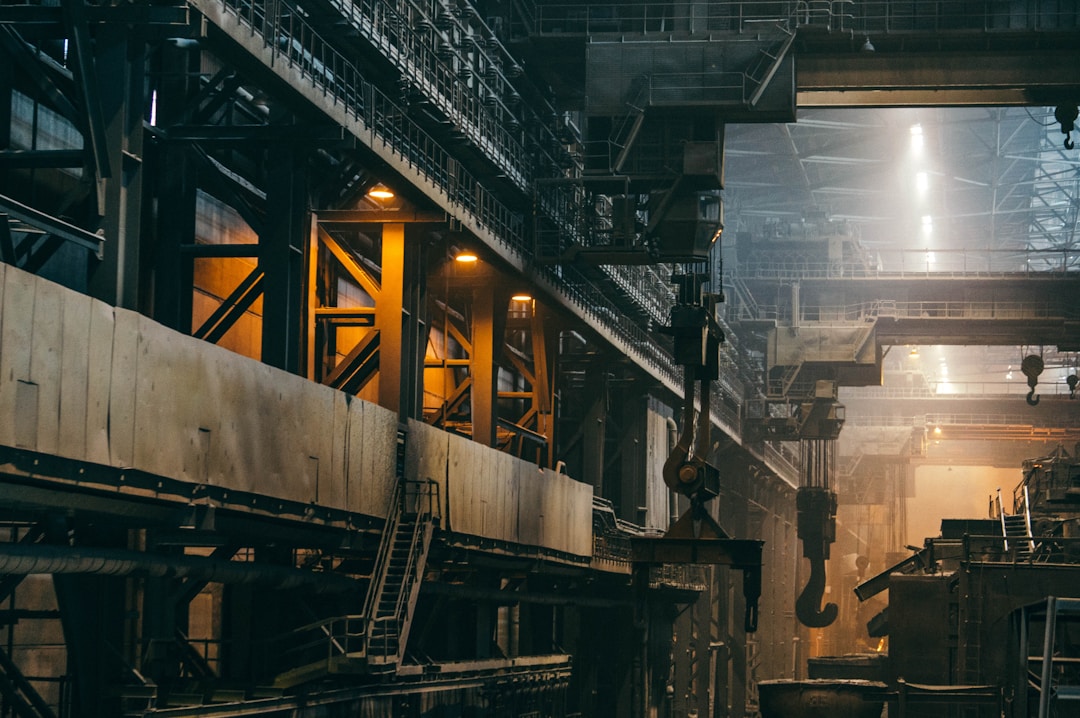Taking care of your metal lathe is super important to keep everything running smoothly and safely. Just like any machine with moving parts, it’s gonna wear out a bit every time you use it. Regular maintenance not only keeps it in tip-top shape but also makes sure it works like a charm. You gotta clean, lube, and check it for wear and tear regularly.
If you skip out on taking care of your lathe, you’re asking for trouble. It’s not just about how well the machine works—your safety’s at stake too. A well-kept lathe is way less likely to act up, meaning fewer chances of accidents. Plus, taking care of it keeps your investment valuable over time. Nobody wants a rusty old hunk of metal losing value, right?
Now, let’s dive into the nitty-gritty of keeping your lathe in perfect shape. We’ll walk you through all the steps, from the quick daily checks to the in-depth monthly inspections. With these tips, your metal lathe will purr like a kitten. Remember, good maintenance is the secret sauce for achieving results that show off your skills and dedication as a metalworker.
Daily Maintenance Routines
Maintaining a metal lathe requires a daily commitment to cleaning, lubricating, and inspecting. These fundamental steps help prevent wear and tear and ensure your machine operates efficiently.
Cleaning Procedures
Start your day off right by giving your lathe a good wipe-down to get rid of any debris. Pay extra attention to the chuck and tool holder since those spots love to collect metal shavings.
- Grab a brush or some compressed air to blast away any loose chips stuck in those hard-to-reach nooks and crannies.
- Next, take a lint-free cloth and dampen it with a cleaning solvent made just for machine tools. Give all the surfaces a good wipe-down.
Remember, a clean lathe doesn’t just look sharp—it runs smoother, too.
Lubrication Techniques
Keeping your metal lathes moving parts well-lubed is key to smooth operation. Always stick to the recommended oil or grease for your specific machine model.
- For the headstock and tailstock, just add a few drops of oil to the bearings and moving parts. Easy peasy!
- When it comes to lead screws and gears, you’ll need a heavier grease. Apply it sparingly, though—you don’t want it to turn into a dirt magnet.
Regular lubrication cuts down the risk of rust and keeps friction at bay, which helps prevent overheating or part failure. Keep it slick, and your lathe will thank you!
Inspection Checklists
A brief but detailed inspection can catch potential issues before they become major problems.
Daily Inspection Checklist:
| Component | Check for
|
|---|---|
| Belts | Proper tension, wear, cracks |
| Chuck and Jaws | Alignment, wear, tightness |
| Tool Holder | Damage, alignment |
| Lead Screws | Smooth operation, alignment |
| Safety Guards | Proper placement, secure fit |
Visually inspect for any signs of irregular wear or damage to your lathe. If you notice anything unusual, address it promptly to maintain the health of your machine.
Regular Inspection and Tune-Up
Ensuring your metal lathe operates smoothly involves consistent monitoring and adjustments. Think of these tasks as your lathe’s “health check-ups” that keep it running efficiently and accurately.
Spindle Alignment
Your lathe’s spindle is like the heart of the whole operation. Even the tiniest misalignment can mess up your work big time. Here’s how to check if everything’s in line:
- First, give the spindle a spin by hand. It should move smoothly, with no grinding or weird noises. If you hear anything funky, you’ve got a problem.
- Next, take a good look at the bearings. If they look worn out, it’s time to lubricate them following the manufacturer’s instructions.
- Grab a dial indicator to measure the spindle runout. If it’s off, you’ll need to tweak it until it’s just right.
Keeping your spindle aligned perfectly ensures your cuts stay precise and your tools last longer. It’s all about that sweet spot!
Tool Post Management
The tool post holds your cutting tools and must be kept secure and precise. Here’s how to manage it effectively:
- Check that the tool post is tightened to the correct torque specifications.
- Examine cutting tools for signs of damage or wear and replace if necessary.
- Align tools accurately with the workpiece to ensure consistent cuts.
Remember, a well-maintained tool post translates to excellent performance and superior final products.
Tailstock Accuracy
A correctly aligned tailstock is crucial for work involving long pieces or when using a center. To maintain tailstock accuracy:
- Ensure that the tailstock is locked securely onto the lathe bed.
- Verify that the quill’s movement is smooth and true by using a test bar or precision center.
- Adjust tailstock alignment using set screws or your lathe’s specific adjustment mechanism.
When your tailstock is accurate, you can trust your lathe to produce long, straight, and precise workpieces.
Troubleshooting Common Issues
When your metal lathe starts acting up, it’s crucial to quickly identify and address the problem to keep your operations smooth and maintain the longevity of your machine.
Vibration and Noise Reduction
Excessive vibration and noise can be alarming and usually indicate a misalignment or imbalance. Take a look at these checkpoints:
- Check for wear: Inspect belts, bearings, and other moving parts for wear and replace if necessary.
- Leveling: Guarantee your lathe is properly leveled; an unlevel lathe can cause vibration.
- Tighten components: Ensure all bolts and fixtures are tightened securely to avoid unnecessary movement.
Electrical System Checks
Your lathe’s electrical system is its lifeblood, and keeping it in check is paramount.
- Wiring inspections: Regularly check wires for signs of wear or damage and secure all connections.
- Breaker and fuse examination: Make sure circuit breakers and fuses are functioning correctly to prevent electrical overload.
Gearbox and Clutch Adjustments
A well-adjusted gearbox and clutch are vital for precise operations. Regular adjustments ensure smooth functionality.
- Lubrication: Regularly lubricate the gearbox and clutch to minimize friction and wear.
- Alignment checks: Verify the alignment of gears and make any necessary adjustments to avoid grinding and ensure smooth gear transitions.
Upgrading and Modification Tips
When it comes to pimping out your metal lathe, think about both functionality and precision. Here are some tips to take your lathe to the next level:
- Tailstock Upgrades: Improving the alignment can make a world of difference. It helps keep everything running smoothly and accurately.
- Quick-Change Tool Post (QCTP): Swapping tools in a flash saves you a ton of time. This upgrade streamlines your workflow like a dream.
- Digital Readouts (DROs): For dead-on accuracy, invest in DROs. They let you measure with precision without needing extra tools. If you’re serious about getting spot-on measurements, a DRO system is the way to go.
- Larger Chuck or Faceplate: If you’re working on bigger projects, upgrading to a larger chuck or faceplate is a game-changer. It lets you handle larger workpieces with ease.
- Enhanced Lighting: LED work lights can brighten up your workspace, making it easier to see what you’re doing and reducing mistakes. Plus, your eyes will thank you.
- Safety Upgrades: Beef up your safety with upgraded emergency stop buttons or safety switches. It’s better to be safe than sorry!
- Variable Speed Drive: For the ultimate in power and finish, a variable speed drive is a must. You can finely tune the spindle speed to match the material, giving you top-notch results.
Keep up with regular maintenance, and these strategic upgrades will keep your metal lathe running like a well-oiled machine, extending its lifespan and efficiency. Just remember, always consult with a pro before making any major mods to ensure everything’s safe and accurate.
Keep Your Lathe in Prime Condition
Taking care of your metal lathe is essential for smooth and safe operation. Regular maintenance—cleaning, lubrication, and inspection—ensures top performance and longevity. Skipping these tasks can lead to issues and safety hazards. A well-maintained lathe means fewer accidents and a longer-lasting investment.












